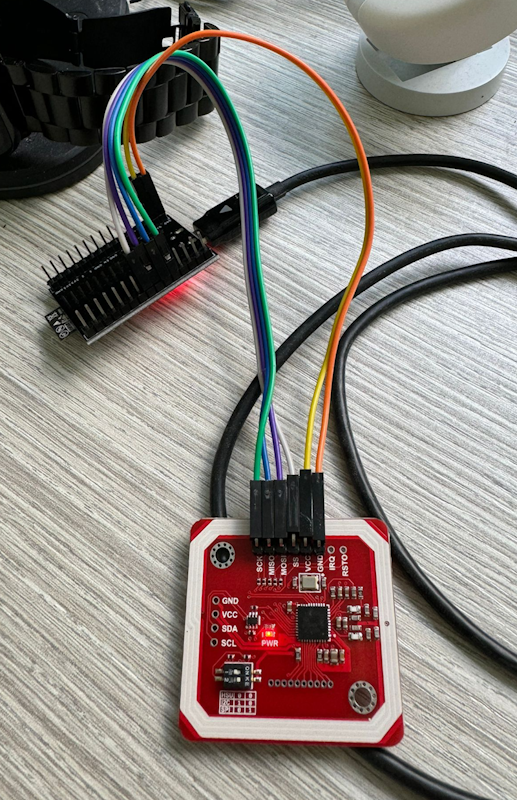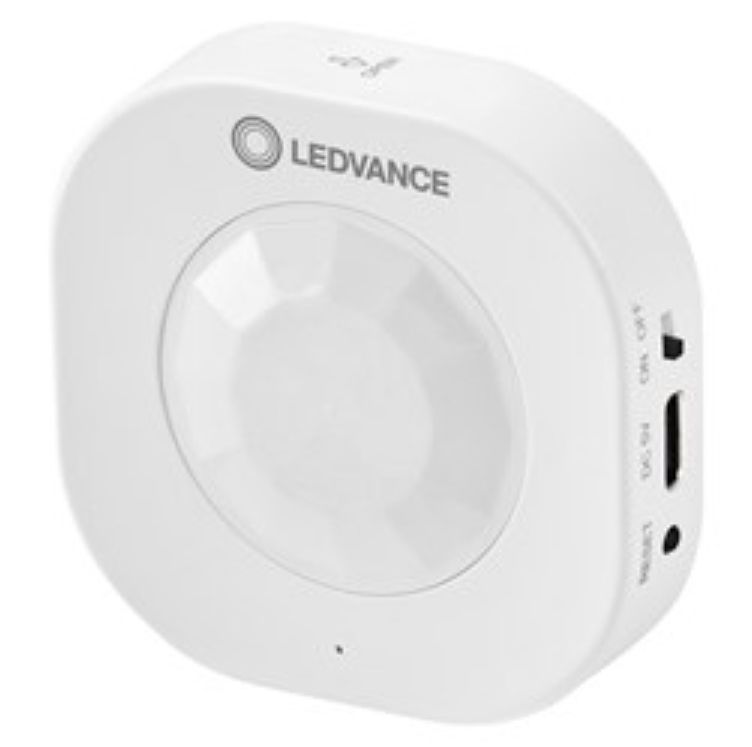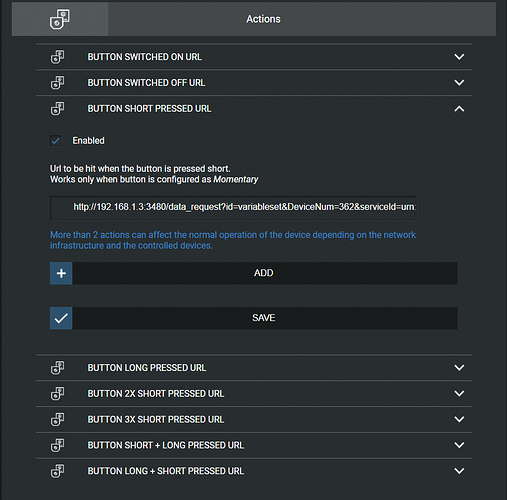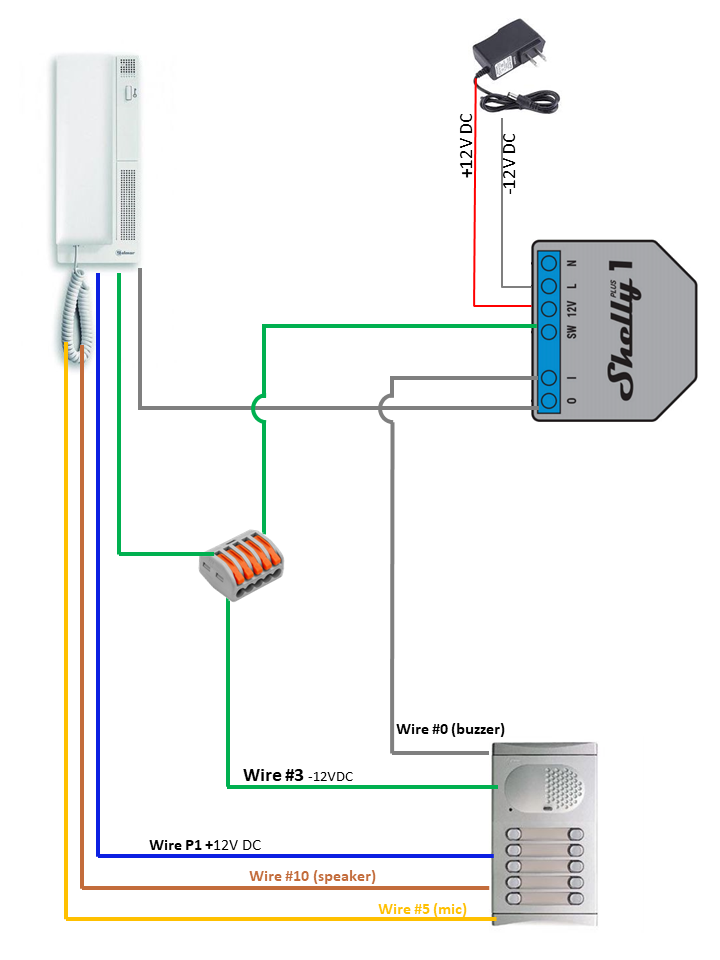Random on/off smart bulb behavior?
-
I am new to this forum. I have been building an Alexa-based smart home for a few years. Overall, works well. I have a curious problem with a smart light. I set up a Kasa smart bulb in a ceiling can fixture. It worked well for at least 2 years. Then it began turning on randomly. Eventually, it began turning off randomly.I swapped out an identical bulb from another fixture and the problem persisted. I just replaced the ceiling fixture with a new one, properly installed, and the problem remained.
I replaced the Kasa bulb with a PlusMinus bulb. I can control it correctly, but the replacement bulb behaves in the same random on/off way.
Any ideas? I am at a loss!
Thanks.
-
Whenever something like this happens, my first guess is someone got into your Alexa account and is messing with you.

Taking it by steps:- Your bulb is a wifi device, does anyone have access to your home network and somehow has a kasa app logged into the account? Could even be a neighbor.
- Your only controller is in the cloud. Either Amazon/Alexa is glitchy or as I first said, someone is messing with you.
- More likely now as it seems to be a localized problem, your bulb at that location could be exposed to intense RF noise making it think it is getting a command. That would be pretty weird and really is a stretch but... who knows?
-
@chemsaf said in Random on/off smart bulb behavior?:
back online when the system reset
Does that mean connect to network or the lamps return to the pervious state either on or off?
Does the problem persist if the lamps are plugged into another light fitting?
-
so possible that some one is turning light switch off then on, or there may be a loose wire or a dodgy switch, or a short power outage. Just possibilities
-
Didn't see this mentioned, but move the Kasa bulb to a different wifi SSID. Try it on a guest network. I've had problems with a thermostat in the past that required an SSID change every so often.
And is this the same router all this time? My Asus router started having oddities in the 2.4Ghz band requiring me to setup a separate gateway. It was the beginning of the end for that router.





